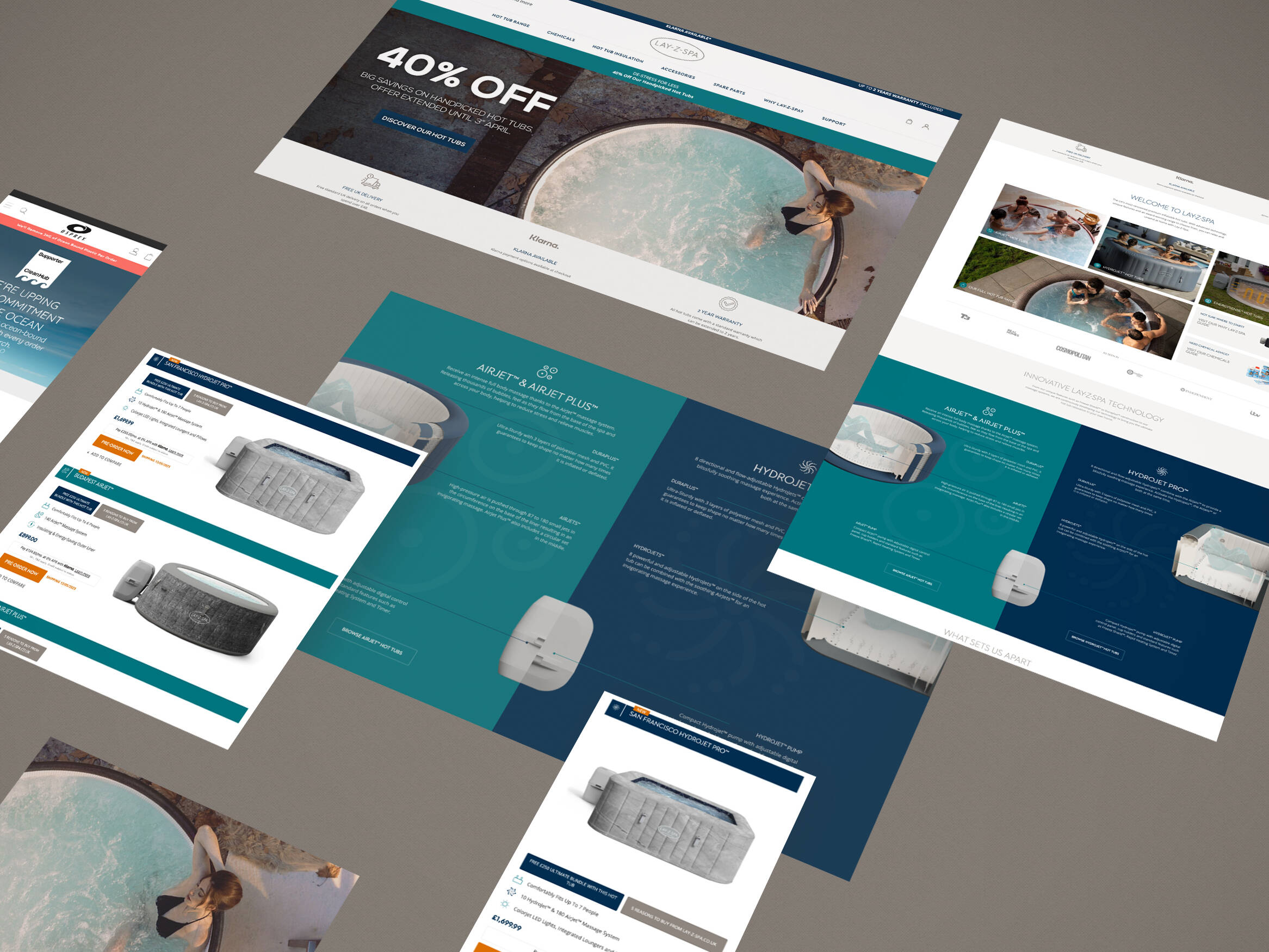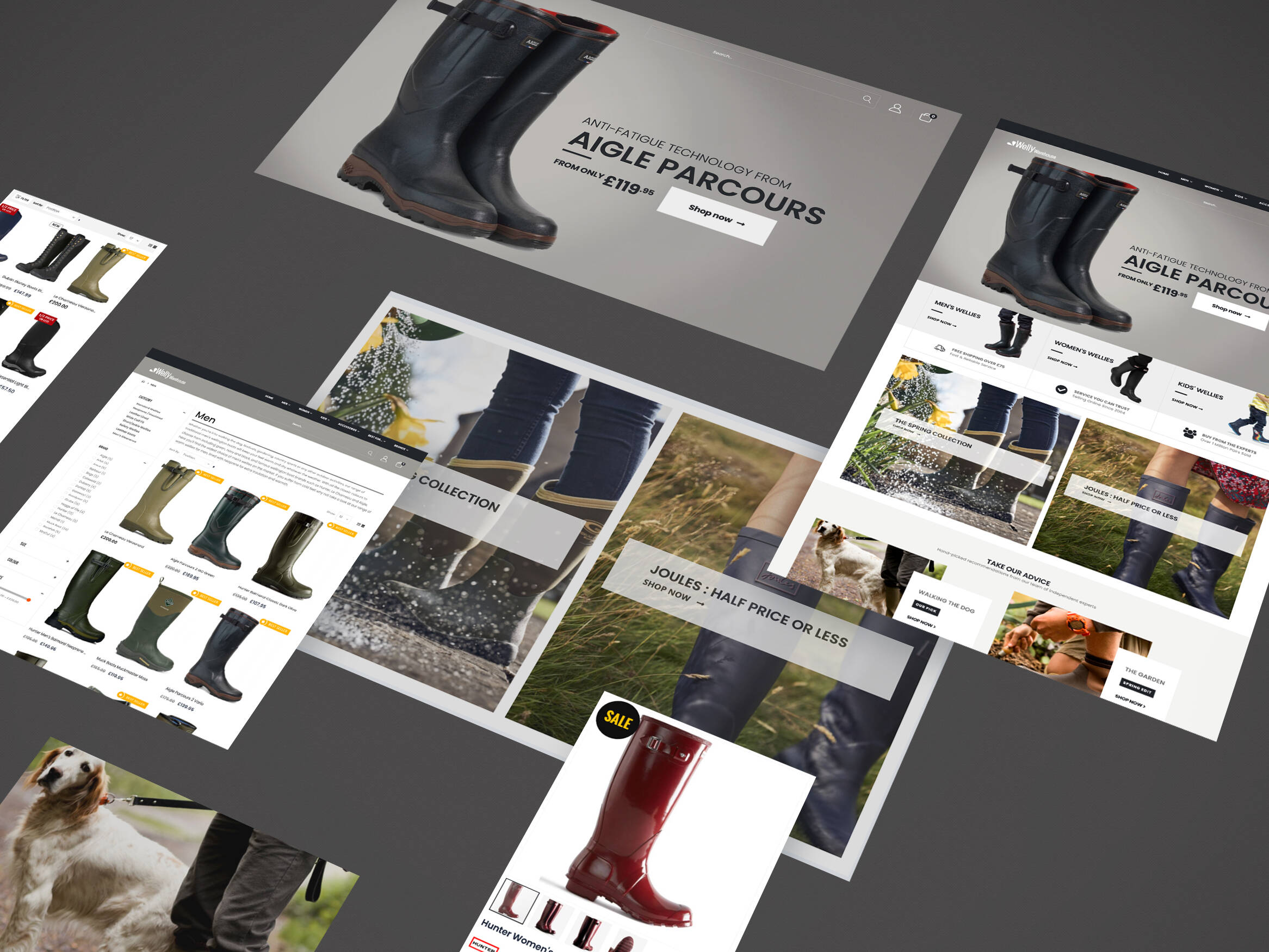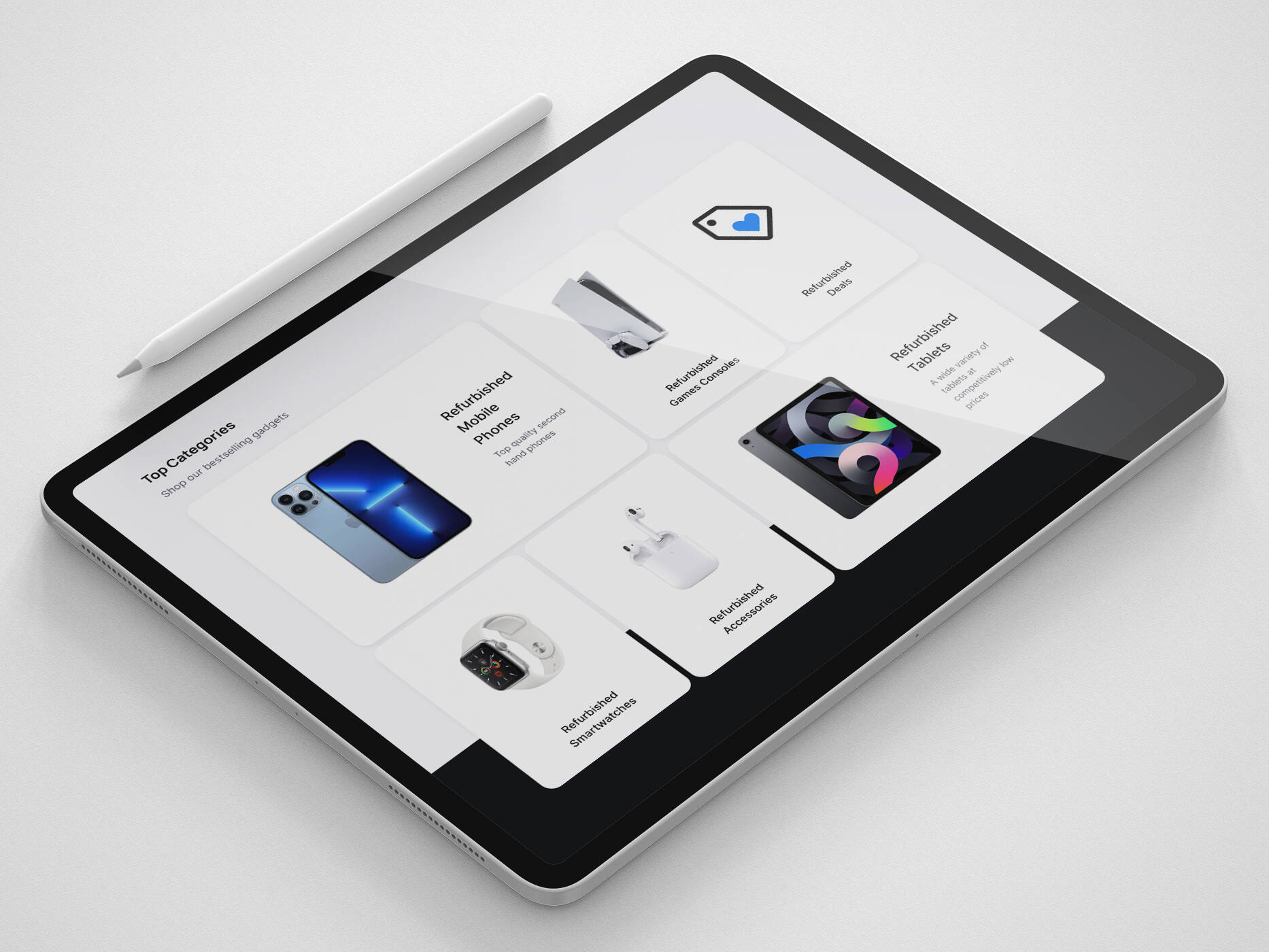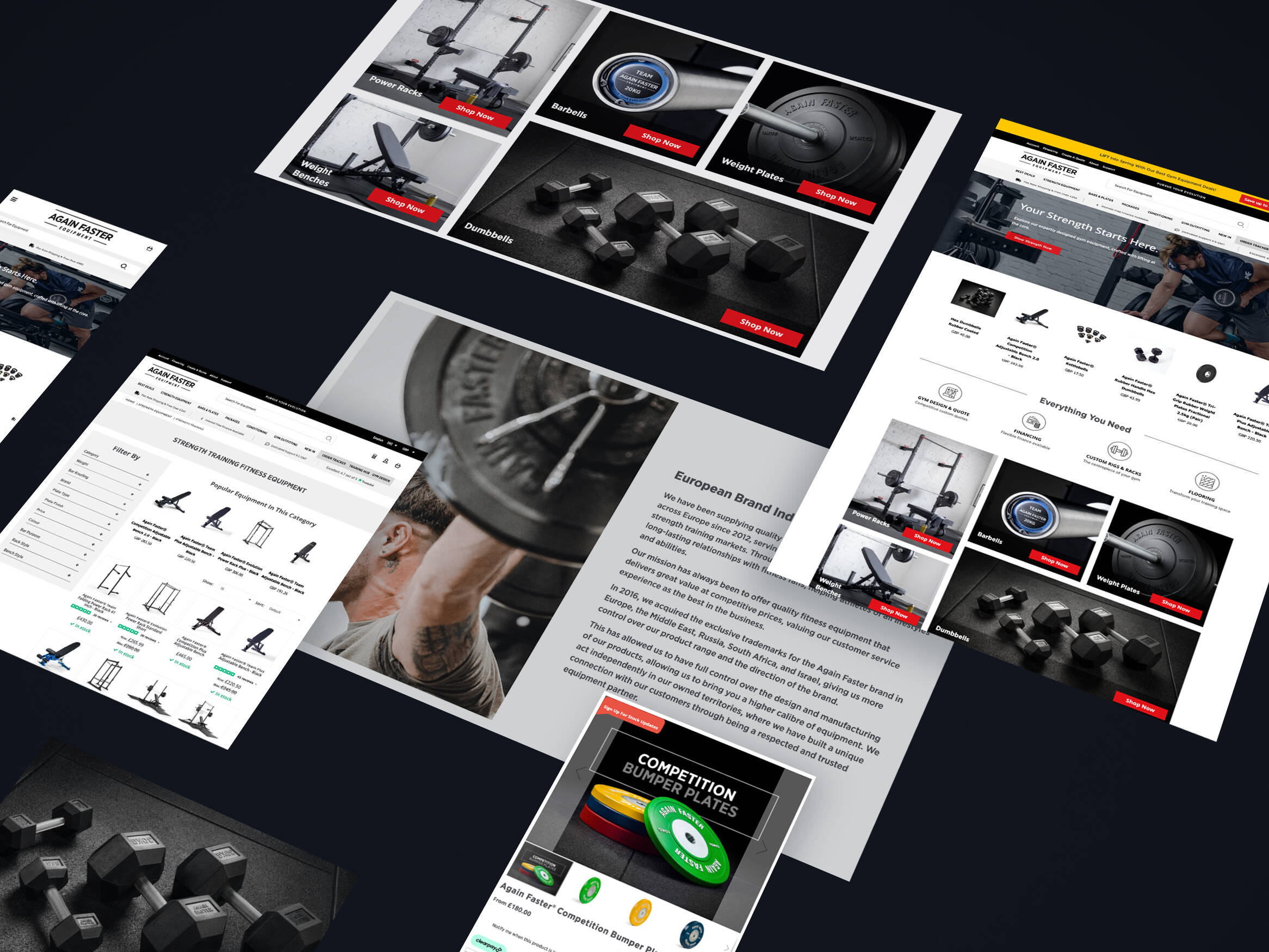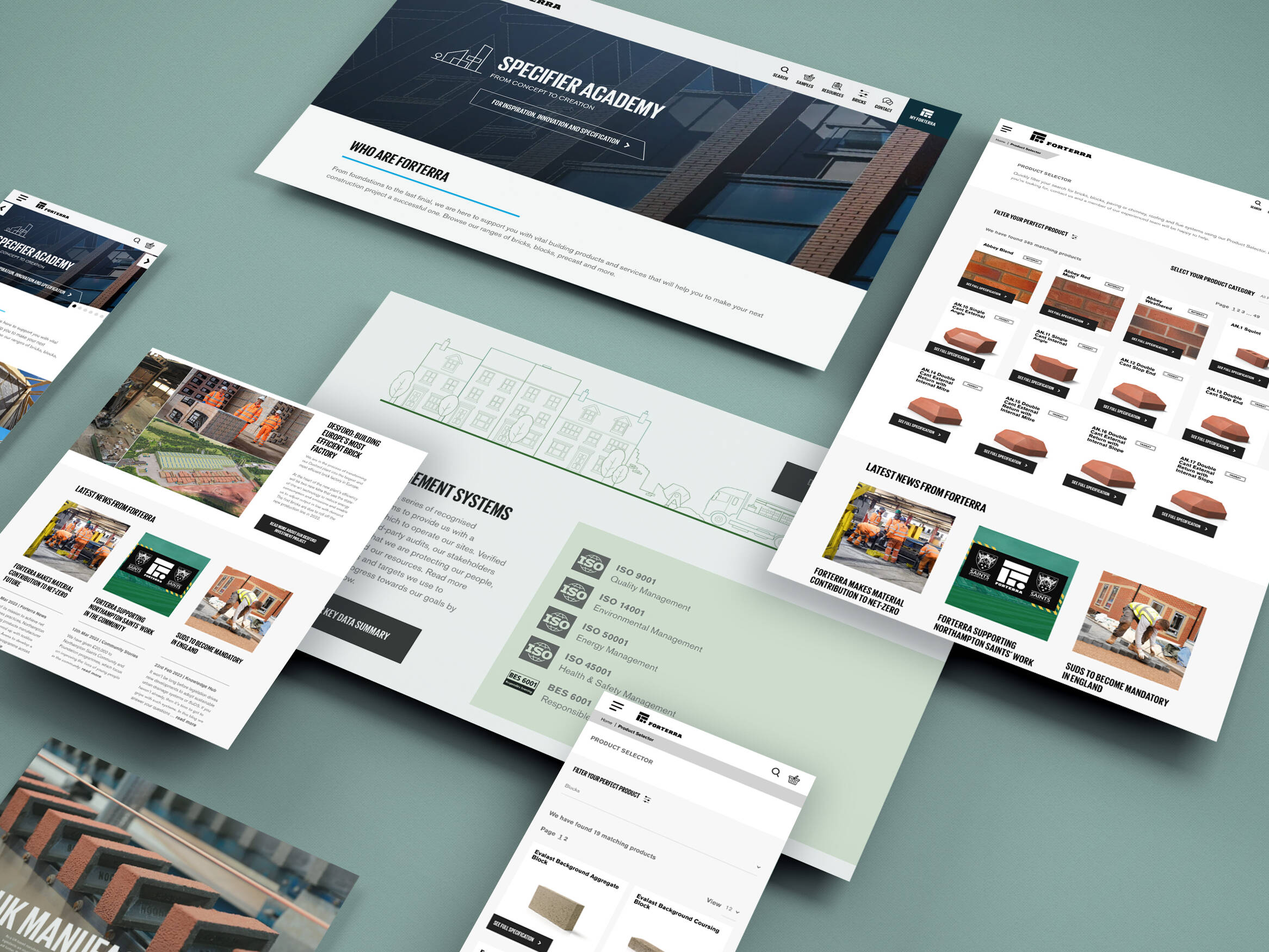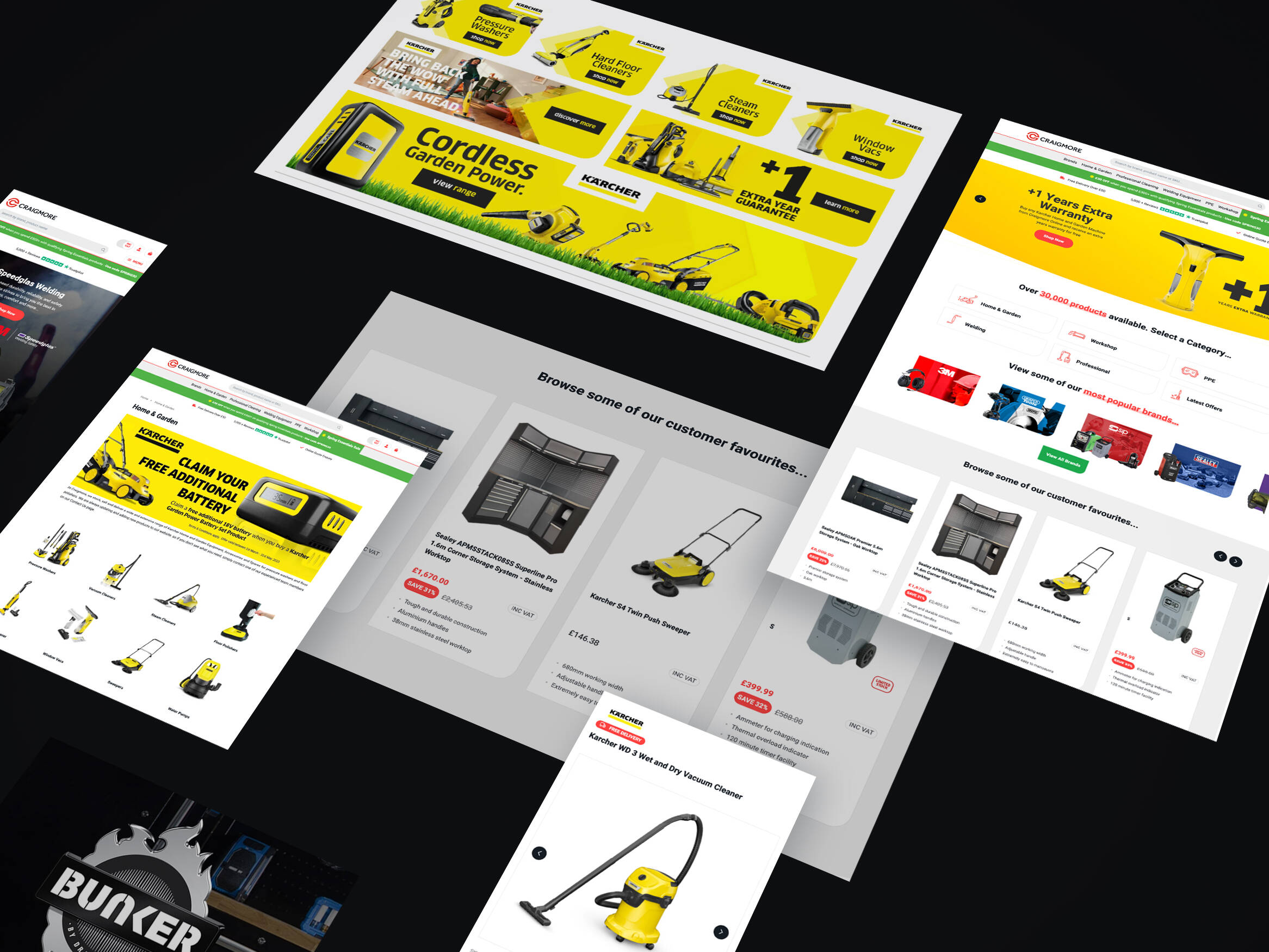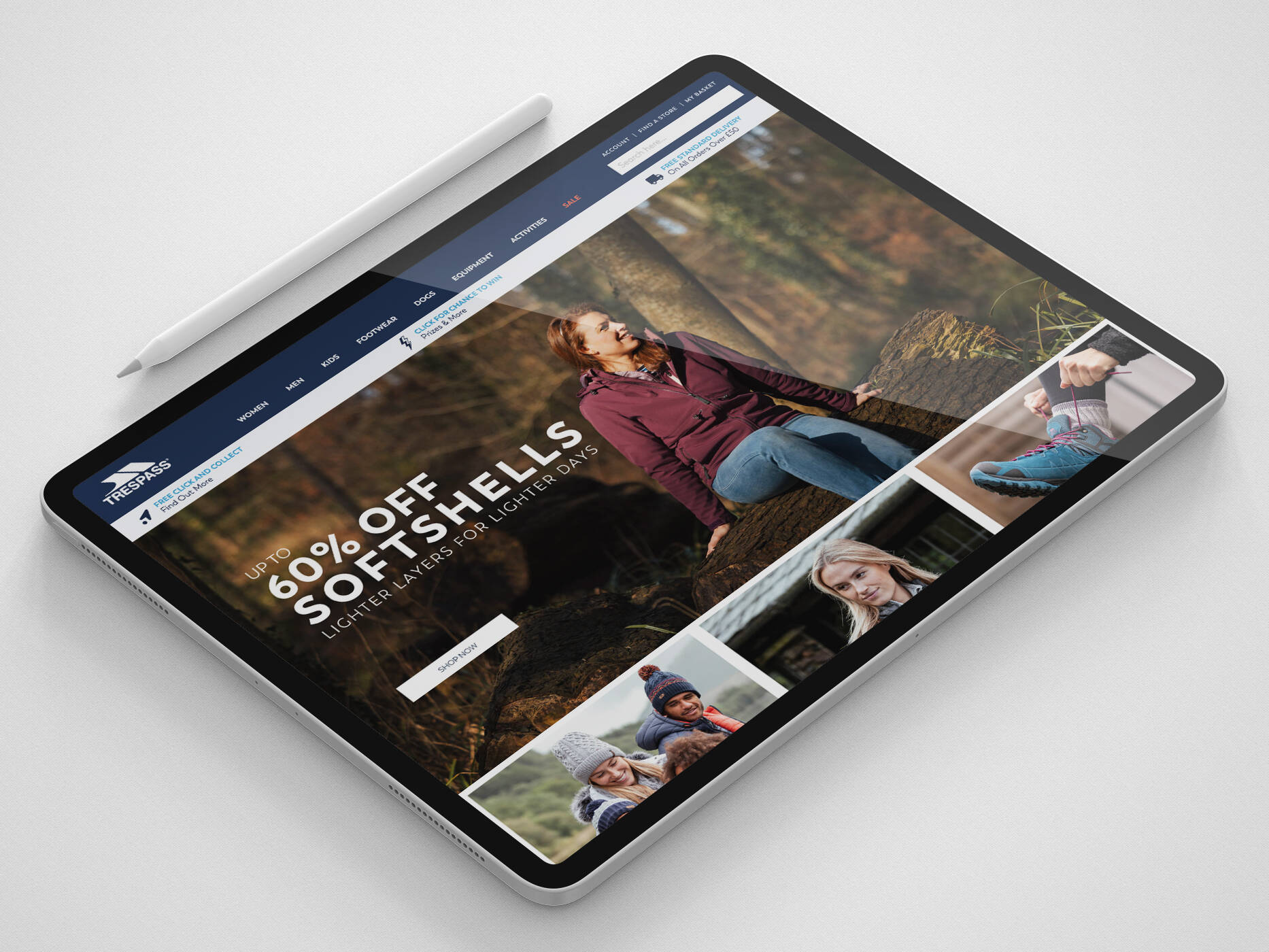Getting to grips with the technical language of web analytics may seem like an impossible task. But there’s no need to panic!
This Web Analytics Jargon Buster aims to simplify the basics of web analytics. It’s your digital tool that helps to measure, analyse and report data – as a way to understand and optimise web traffic trends.
Common Metrics
Average Session Duration
The average length of a visit to a website, measured in minutes and seconds. In general, the longer the session, the more interested the visitor is. E.g. “Ever since I launched video tours of all my rooms, my website’s average session duration went from 2 minutes to 8 minutes and 32 seconds!”
Bounce Rate
The percentage of visitors who navigate away from your site after viewing only one page. E.g. “I added a welcome video to my site, but people seem to leave after a few seconds — the bounce rate is high. I guess they prefer my video room tours.”
Conversion Rate
The ratio of conversions to visits. In general, a higher conversion rate means greater success. E.g. “After some website improvements, I was pleased to see that the conversion rate for my Modern Romance room jumped from 1% to 5%.”
Goals/Conversions
The total number of tracked, successful actions that website visitors complete. E.g. “Once I started tracking conversions on my guest house website, I could see how many visitors registered for a room online and subscribed to my newsletter.”
Pages Per Session
The average number of pages viewed in a visit (also known as page depth). In general, the higher the number, the more engaged visitors are. E.g. “Launching a guest testimonial page has really increased visitor engagement. My website’s average number of pages per session went from 3 to 12!”
Pageviews
The total number of pages that users viewed on your website. This is sometimes referred to as ‘screen views’ for mobile apps. E.g. “There were 5,000 sessions on my website last month and 20,000 pageviews.”
Revenue
The value of sales processed through an online shopping basket. E.g. “If revenue from my Football Fanatic room continues at this pace, I could retire by the time I’m 97.”
Sessions/Visits
The total number of sessions on your website or app. E.g. “Three thousand visitors came to my guest house website multiple times last month; I had more than 5,000 sessions!”
Cookie
A file used by many web analytics tools to keep track of a user’s activity on a website. If a person clears their cookies or uses a different web browser, web analytics tools will see them as a different user. E.g. “If cookies are enabled on her computer, your web analytics tool should be able to track how much time she spent on the Football Fanatic page.”
Dimension
An attribute of a user or a session. E.g. “I look at dimensions like ‘browser’, ‘region’ and ‘landing page’ to get a better understanding of who is interested in my ‘Men’s Suits’ page.”
Metric
A measure of something, by quantity. E.g. “I look at metrics like bounce rate, pages-per-visit and conversion rate to see how my guest house website is doing.”
Pageview
A metric recorded each time a web page is loaded in a user’s browser. E.g. “On average, every visit to my website has 10 pageviews. People seem to enjoy the page with my ‘Guide to Buying the Right Size Suit’, which gets about 40% of the pageviews.”
Session
A set of website interactions recorded for a user during a given time period. One session could be made up of several page views or downloads. E.g. “There were 2,000 sessions on my website last month.”
User
A person who visits your website or mobile app (sometimes referred to as a ‘visitor’). There are two types of users:
- New users – A person who has not visited your website before
- Return users – A person who has visited your website before
Web Analytics
The collection and analysis of data generated by user activity on websites or mobile apps. It helps with identifying ways to improve websites and marketing campaigns. E.g. “I’m using web analytics tools to find out which of my marketing campaigns has driven the most traffic to my website.”
Common Dimensions
Browser
The program used by a visitor to navigate the internet. Examples include Chrome, Firefox, Internet Explorer and Safari.
E.g. “I can use web analytics tools to see how many people are viewing my site on Chrome or Firefox browsers.”
Campaign
The specific marketing effort that drove a user to your website.
E.g. “Creating campaigns around keywords related to ‘men’s running shoes’ has boosted my business.”
Device Type
The category of the device being used by visitors, such as a laptop, tablet or smartphone.
E.g. “My analytics tool shows me which device type people use to view my website—tablets are especially popular.”
Exit Page
The last page a user views before they leave your website.
E.g. “Analytics tells me my most frequent exit page is the one with the welcome video, so maybe it’s taking too long to load.”
Keyword
The specific term a user searched for before they reached your website.
E.g. “The keywords ‘luxury romantic getaway’ are driving a lot of people to my site.”
Landing Page
The first page that a user views when they reach your website.
E.g. “People have started calling my guest house more frequently since I included the phone number on my landing page.”
Language
The language settings of the user’s browser.
E.g. “A growing percentage of my website visitors have French as their browser’s default Language.”
Location
The geographic region of the user. It’s possible to get location information down to city level.
E.g. “People in Northern England gravitate to my Winter Coat product page, while people in Southern England seem more interested in my room.”
Operating System
The operating system of the device that a visitor is using. Examples include Windows, Android and iOS.
E.g. “People using the iOS operating system seem to spend more time browsing my site.”
Page
The specific page a user is viewing, often referred to by its URL.
E.g. “The most popular page on my website is the About Us page.”
Traffic source
The specific place that referred the user to your website, such as a Search Engine, e.g Google, or a Social network, e.g Twitter. Many analytics tools, such as Google Analytics, allow for very detailed breakdowns of traffic sources.
E.g. “The top traffic source for my site yesterday was Twitter — my football video blog must have gone viral!”
Want to talk to us?
Get in touch
We know commerce, let us help you improve customer experience, increase conversion rates, and make that digital change.
- hello@iweb.co.uk

